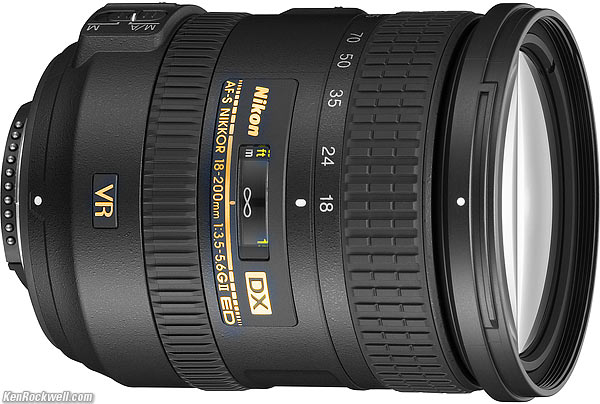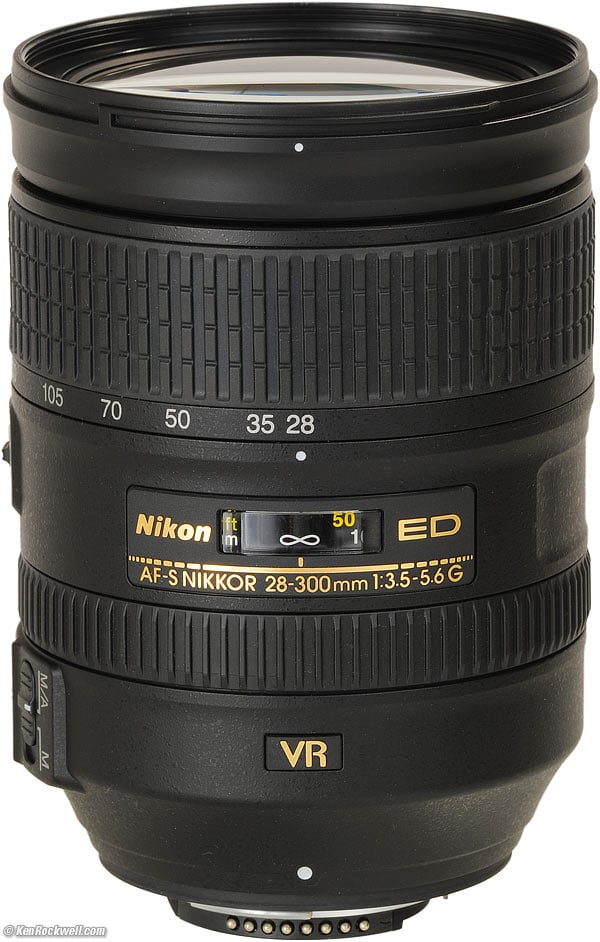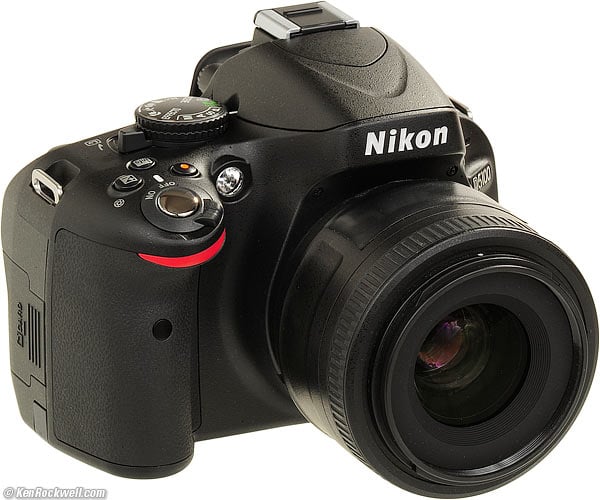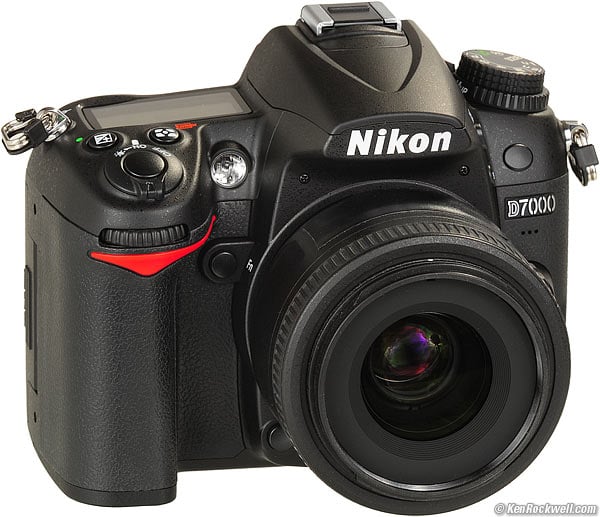Thursday, 19 April 2012
Wednesday, 18 April 2012
NIKON LOVERS: DO-IT-ALL-LENSES
Do-Everything Lenses
For day-to-day use, I prefer the 50mm f/1.8 for my 35mm and FX cameras, and either that or the 35mm f/1.8 DX lens for my DX cameras. I move a few steps to frame my photo, and Voilà, perfect pictures. I carry these small lenses when I'm spending more time carrying my camera than using it.
For people who want to carry just one lens, and don't mind the extra weight, slower speed and much higher cost, the lenses I often use when I'm out on a serious photo trips are:
Nikon 18-200mm VR II DX (72mm filters, 19.9oz/565g, about $850).
For DX cameras, Nikon's 18-200mm VR II has been the top do-it-all lens since it came out in 2005. Except for low-light action or crazy-wide angles, the 18-200mm does everything I need in DX. It covers every reasonable focal length, has vibration-reduction so you can forget the tripod, and you can get instant manual-focus override just by flipping the focus ring.Today's -II version is the same as the original, with a zoom lock at 18mm I never use anyway.
Nikon 28-300mm VR (77mm filters, 28.1 oz./796g, about $940).
For FX and 35mm cameras, Nikon's 28-300mm VR does everything except for action in low-light or crazy-wide angles. The 28-300 also covers every reasonable focal length, has vibration-reduction so you can forget the tripod, and you can get instant manual-focus override just by flipping the focus ring. It is about 25% bigger in every dimension from the 18-200mm; I'm showing them at the same size for detail. With the 28-300mm VR, I can dump all my other lenses into the lake; the 28-300 is perfect for 99% of what I do on serious photo outings. The tiny 50mm f/1.8 is what I prefer to carry day-to-day, and the 28-300 is the ticket for serious all-day shooting.
NIKON LOVERS: COST VS SATISFACTION
Best Serious Cameras (DSLRs)
DSLRs, Digital Single-Lens-Reflex cameras, are the best camera for shooting action and motion. For news, sports and action, it's always an SLR.
The Nikon D5100 ($849 with lens) is the best all-around camera for most people. It's an extraordinary camera, and easy to use.
If $200 matters, then I doubt that any normal person would not love the excellent Nikon D3100 ($649 with lens). If you don't want to pay more than $649, the D3100 does things about which photographers could only dream at any price just a few years ago.
The Nikon D3100 and included 18-55mm VR, the answer to most people's camera questions.
If you're the sort of person who's an accomplished photographer and reads this site everyday, then you'll appreciate the many extra features of the Nikon D7000 ($1,299 without lens). Then again, if that was you, you wouldn't be reading this page.
The new Nikon D7000 is much better than anything else, but costs as much as two D3100s. If money matters, just get the D3100. You'll love it. If you can afford the price and extra weight of the D5100 or D7000, you'll love them even more. See Is It Worth It, which says that if you have the money, sure, go for the D5100 or D7000, but if you don't, then don't worry and you'll LOVE the D3100. The biggest differences among these cameras is not technical picture quality (the pictures from these three cameras are indistinguishable from each other), but how many knobs and buttons they have to allowskilled and experienced photographers to adjust the things that most people don't even understand. A more expensive camera does not take better pictures!
The Nikon D7000 and optional 35mm f/1.8 DX, which I usually use myself, is even better, but twice as expensive.
If you have the money, then the benefit of the D7000 is that it does everything just a little bit better. It is more pleasant to use because it has a bigger, brighter viewfinder, and everything works a little faster and more smoothly. The D7000 has an LCD screen about twice as sharp as the same-sized screen on the D3100, and so it goes.
Yes, the D7000 has slightly better ability to shoot in low-light without flash, but again, few people actually do this.
The pictures will be the same. The difference between the D7000 and D3100 is mostly in how pleasant it is to hold, to own, to use and to shoot.
If you count every pixel or are a serious photographer, of course you'll appreciate many other things about the D7000, as well as probably look too close at the pictures and see some slight differences in its low-light or resolution abilities, but stand back and look at the pictures as normal people do, and they all look the same.
If you'd rather pay half as much and get the D3100, you'll love it. The pictures are the same, and the D3100 weighs less. The D3100's price includes a great lens, while the D7000 is sold without a lens so you can get exactly what you want. I cover lenses later.
I cover the much larger Nikon D700 and other DSLRs under more costly cameras. These are for special purposes; the D7000 is the best you can get overall, and the D3100 is no slouch either
Tuesday, 17 April 2012
Monday, 16 April 2012
Subscribe to:
Posts (Atom)









































.jpg)















